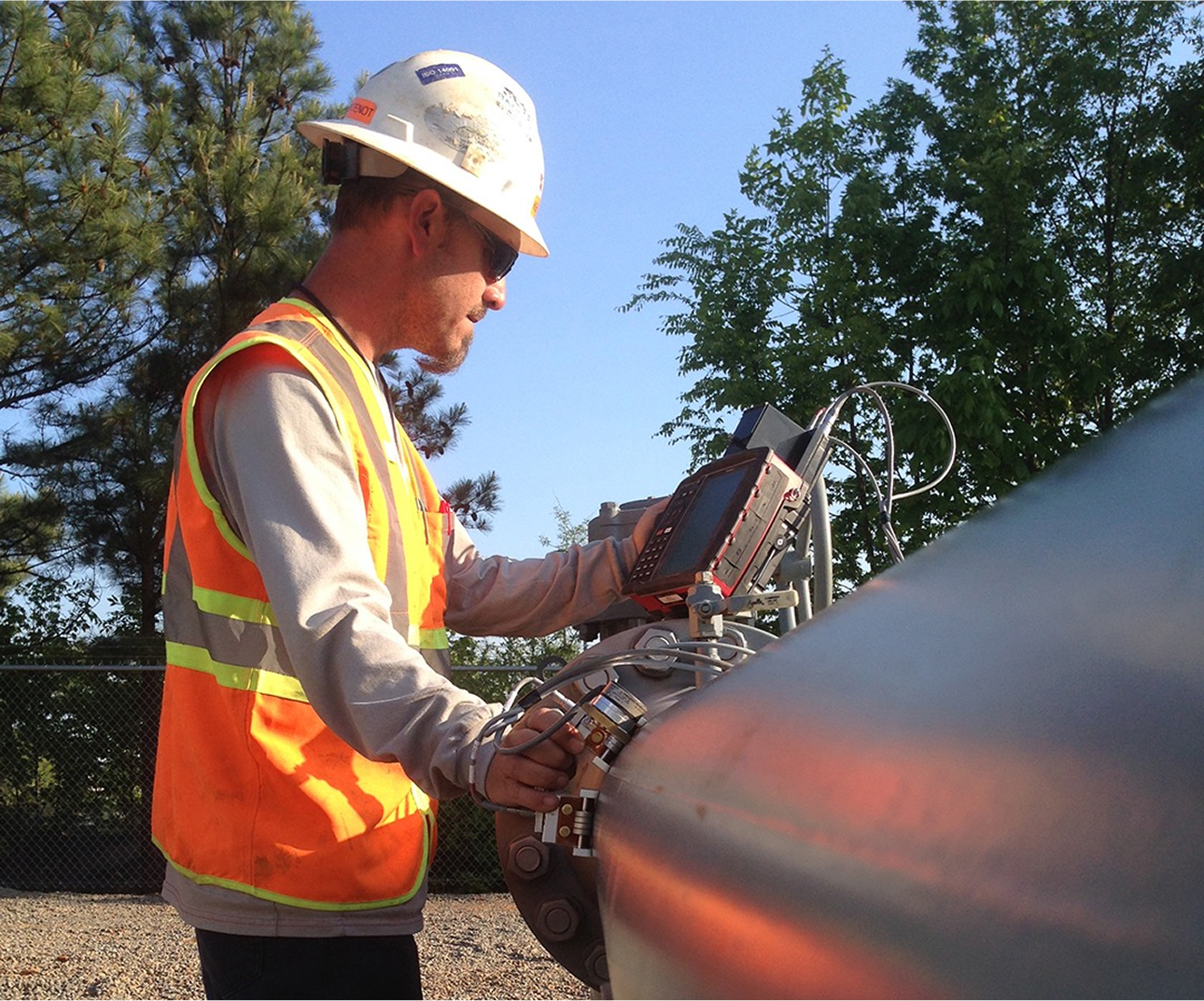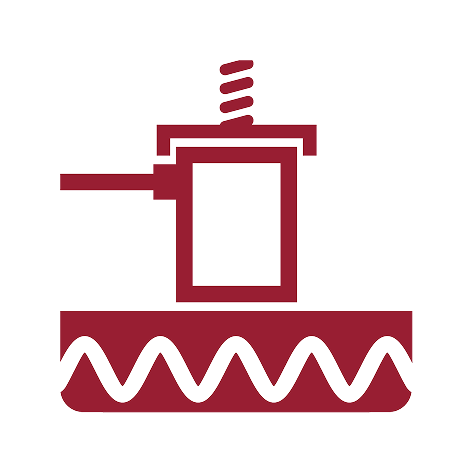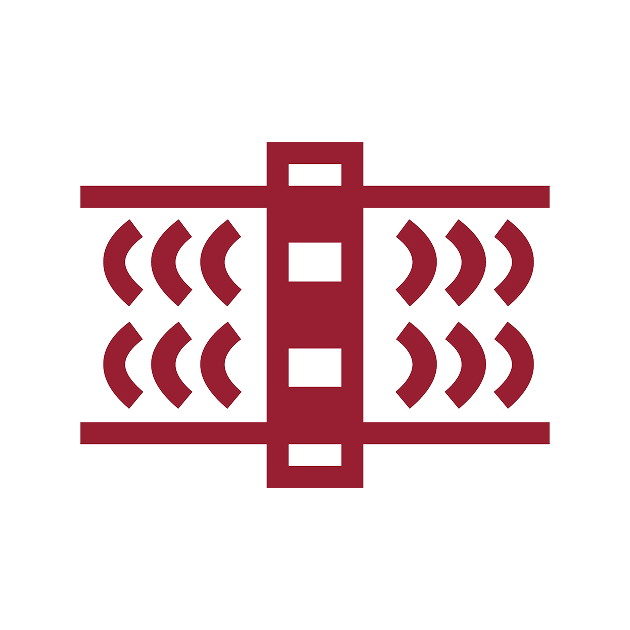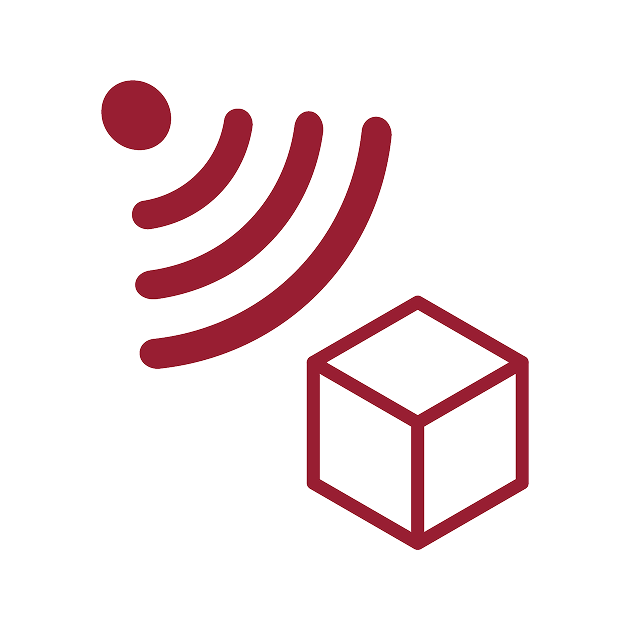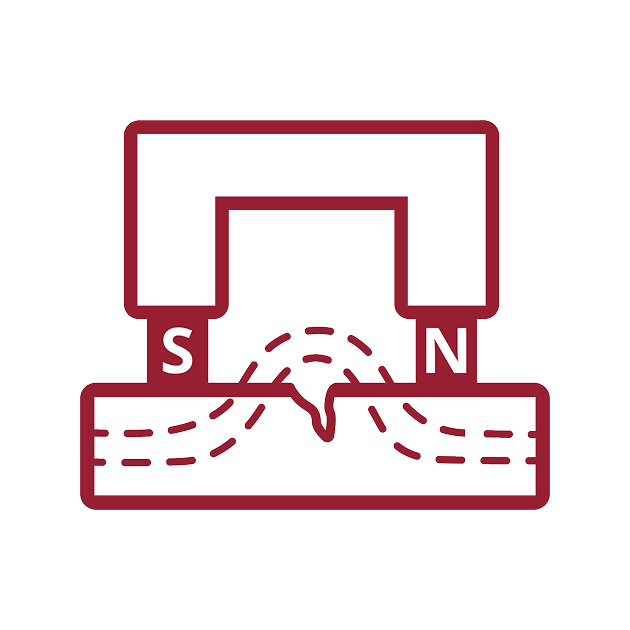SI offers industry-specific training courses to help our clients understand the different NDE methods and technologies and put the best to use. We provide a general introduction and review of the most common NDE methods, hands-on technology demonstrations, structural Health Monitoring (SHM) concepts and technologies, and a general process for matching inspection needs with NDE methods, technologies, techniques, code compliance, and quality control measures.
